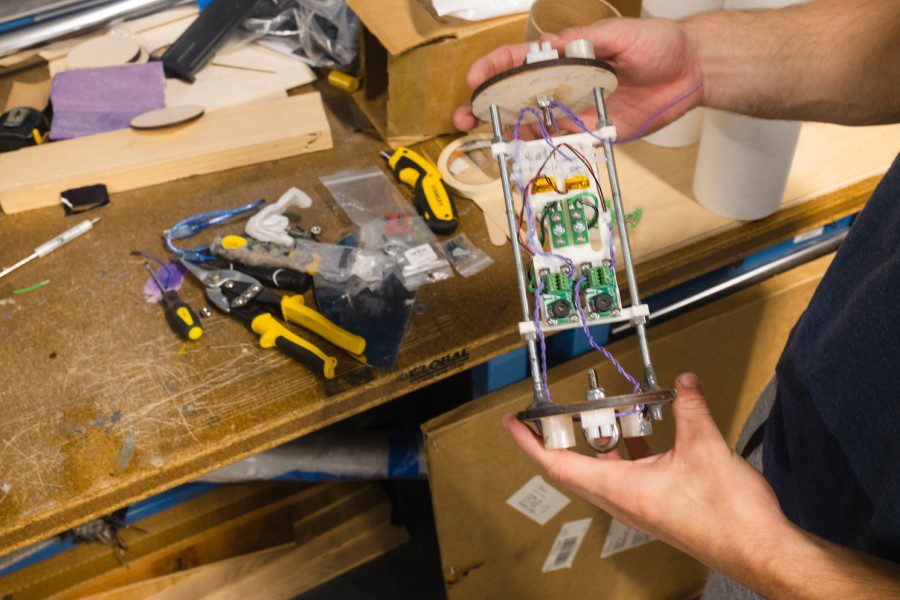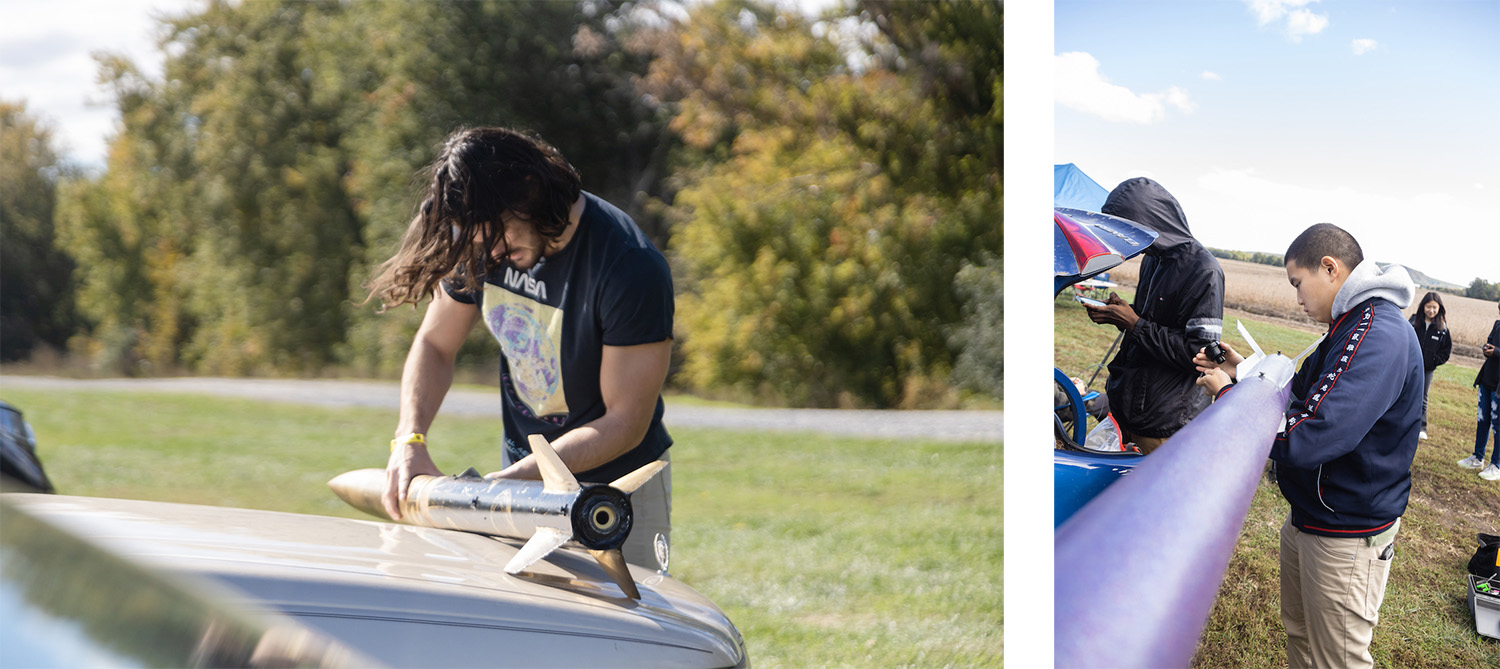Rockets don’t have to just be the toys that Elon Musk got bored of before he bought Twitter. Rogue Aerospace members, a team of rocket enthusiasts, launch rockets to bring their classroom learnings to life while earning certifications from the National Association of Rocketry.
Rogue Aerospace is one of Tandon School of Engineering’s Vertically Integrated Projects, research and innovation programs that apply multidisciplinary engineering skills to build or design products from self-driving technology to off-road race cars and rockets.



























